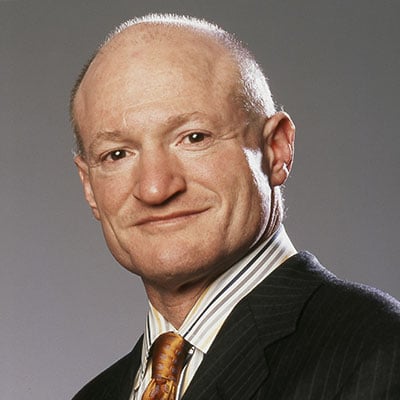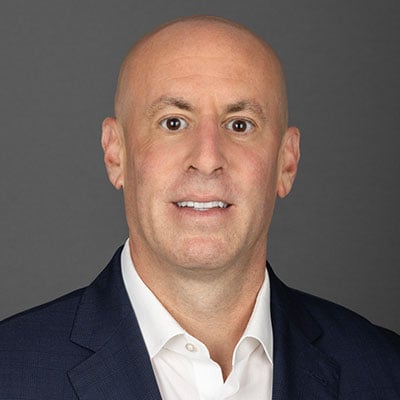Harbinger Challenges LightSquared Ch. 11 Plan with Its Own
LightSquared Inc.’s rollercoaster Chapter 11 took another twist on Monday when controlling equity holder Harbinger Capital Partners LLC offered up a bankruptcy exit plan to split the wireless venture in two and reorganize each estate separately, a break from the debtor’s plan to stay unified.
After lawyers presented details on the rival bankruptcy exit plans at a hearing in Manhattan court, U.S. Bankruptcy Judge Shelley C. Chapman set a tentative Oct. 20 date to begin considering which to confirm with the goal of wrapping up that phase of the proceeding by Halloween.
The Harbinger plan applies to the debtor’s so-called Inc. estate, which is distinct from and has different lenders than the LightSquared LP unit where most of its valuable spectrum assets reside. In their own reorganization plan filed Friday, LightSquared and a group of LP lenders envisioned keeping the estates consolidated, in line with their long-held view that doing so will yield the most value for creditors. A third plan may yet emerge from Mast Capital Management LLC, a creditor in the Inc. estate.
The emergence of the competing plans dashed, for the moment, hopes of a global resolution that seemed in reach when LightSquared announced an agreement in principle last month with Dish Network Corp. Chairman Charlie Ergen, its largest prepetition secured creditor and most vocal opponent throughout the bankruptcy.
“It’s been a remarkable reversal and change from the last time we were all together,” Judge Chapman said.
The Harbinger plan requires the Inc. entity to take on $560 million worth of new junior financing to satisfy Mast’s claim in cash and fund the reorganized entity’s way out of bankruptcy, with Harbinger having already committed $100 million and JPMorgan Chase Bank NA, another proponent, $200 million.
“It’s a little Pyrrhic listening to you pursuing the Inc.-only plan when it’s not the fully-realized version of this company,” Judge Chapman told Harbinger’s attorney David M. Friedman of Kasowitz Benson Torres & Friedman LLP, who responded that it was clear that LP and Inc. were "headed toward divorce." LightSquared was largely the brainchild of Harbinger’s owner, Philip Falcone, who resigned from its board in June after spending much of the bankruptcy fighting to stay in control of the company.
“It’s not our first choice,” Friedman said. “But it is, from our perspective, a vastly superior choice to what we’ve been presented.”
In a letter, Harbinger said that unlike the LightSquared and LP-lender-sponsored plan, its plan is anticipated to be consensual among major stakeholders. Along with Mast, it called for restricting the rival plan to the LP estate only and reorganizing the entities separately.
LightSquared’s plan carries the potential for significant post-confirmation litigation over the $1 billion in senior secured debt Ergen holds through his investment vehicle SP Special Opportunities LLC, which has dominated the bankruptcy. If Ergen accepts the plan, he would see a $900 million allowed claim on the same terms as other secured creditors, with interest boosting the total amount of the claim to roughly $1 billion.
That would avert what promised to be a bruising fight over how much of his claim should be subordinated due to his stealthy acquisition of the debt, which Judge Chapman has already found was done in violation of a credit agreement.
If he rejects the plan, the amount of his claim and the amount subordinated would both be determined at trial.
Neither outcome comports with the tentative deal LightSquared unveiled in court in June calling for Ergen to fund the company’s way out bankruptcy by rolling his allowed claim into a post-petition lending facility and take a $318 million haircut on his debt. LightSquared never filed a plan around that agreement.
Senior lenders will be satisfied in full under the debtor's plan and junior stakeholders could be in the money from the proceeds of an auction of common equity in the reorganized LightSquared, according to the proponents of the plan, which all but replaced one floated earlier in July that would have handed the control of the company to JPMorgan, Fortress Investment Group LLC and Cerberus Capital Management LP in exchange for capital raised from the debt markets.
LightSquared already went through two trials before Judge Chapman earlier this year. The judge ruled in May that some — but not all — of Ergen’s claim should be partially subordinated. Harbinger alleged that Ergen concealed his control over SPSO in order to position Dish to scoop up the debtor’s valuable wireless spectrum assets out of bankruptcy.
That same month, the judge denied LightSquared’s request to confirm a turnaround plan backed by Harbinger, JPMorgan Chase, Fortress and Melody Capital Partners LP on the grounds that the plan's treatment of Ergen — paying him in full over the course of seven years — relied too heavily on uncertain federal regulatory approval for licensing spectrum.
LightSquared is represented by Matthew S. Barr, Alan J. Stone, Michael L. Hirschfeld and Andrew M. Leblanc of Milbank Tweed Hadley & McCloy LLP.
Harbinger is represented by David M. Friedman, Adam L. Shiff, Daniel A. Fliman and Matthew B. Stein of Kasowitz Benson Torres & Friedman LLP.
Ergen and SPSO are represented by Rachel Strickland, James C. Dugan and Matthew Freimuth of Willkie Farr & Gallagher LLP.
The LightSquared special committee is represented by James H.M. Sprayregen, Paul M. Basta and Joshua A. Sussberg of Kirkland & Ellis LLP.
The case is In re: LightSquared Inc., case number 1:12-bk-12080, in the U.S. Bankruptcy Court for the Southern District of New York.
REPRINTED WITH PERMISSION FROM THE AUGUST 7, 2014 EDITION OF LAW360 © 2014 PORTFOLIO MEDIA INC. ALL RIGHTS RESERVED. FURTHER DUPLICATION WITHOUT PERMISSION IS PROHIBITED



